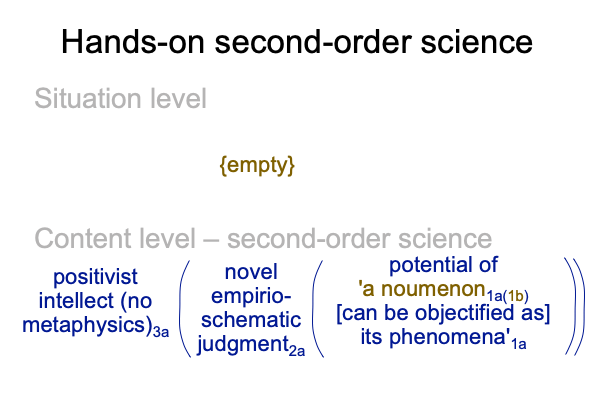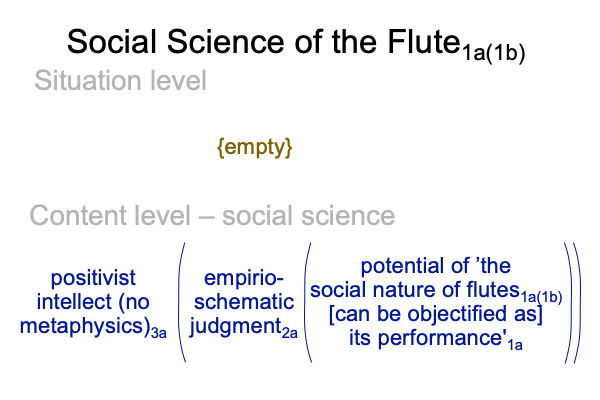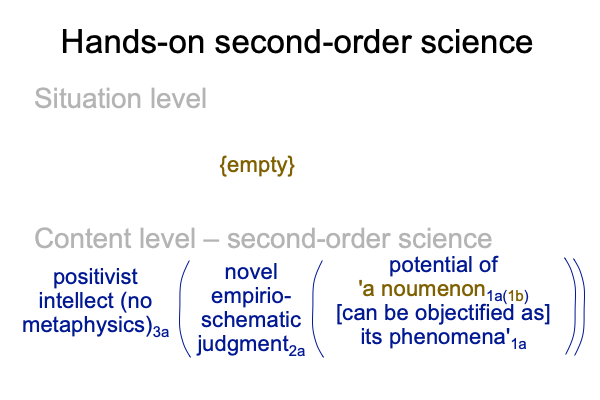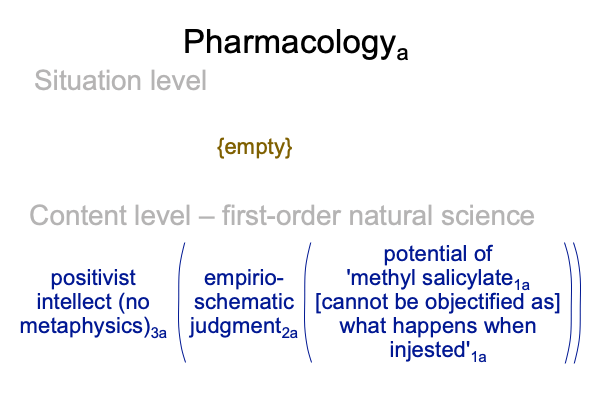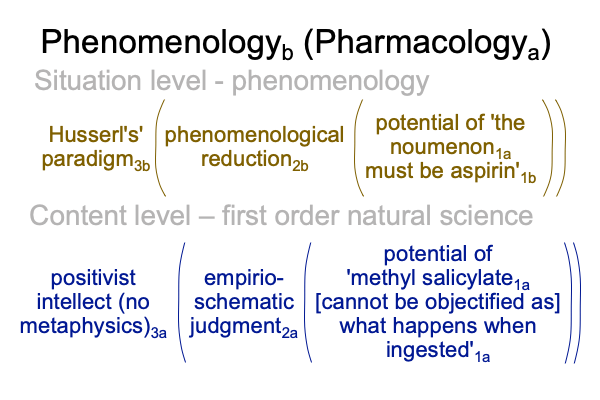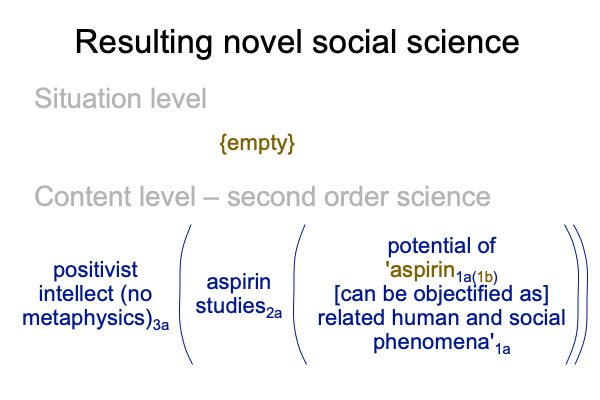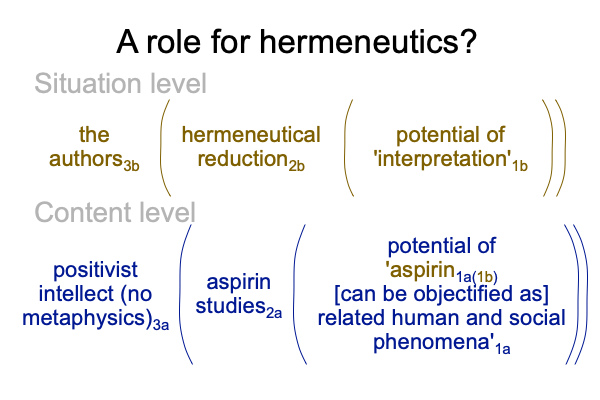Looking at John Perez Vargas, Johan Nieto Bravo and Juan Santamaria Rodriguez’s Essay (2020) “Hermeneutics and Phenomenology in… Social Sciences Research” (Part 9 of 18)
0031 German philosopher and phenomenologist, Alfred Schutz (1899-1959), proposes that the noumenon1b is an intersubjective being1b that opens up a potential for dialogue with others. In other words, one consciousness asks for a consensus from other consciousnesses, on the question of whether this intersubjective being1b is… well… worthy of consideration.
By whom?
The positivist intellect3a?
0032 What does this dialogue among consciousnesses resolve?
The authors posit several options.
One, the qualitative researcher consolidates an inclusive knowledge mediated by the experience of intersubjectivity. To the extent that a consensus is achieved, the noumenon1b may overwrite the noumenon1a. Then, the slot for the noumenon1a is occupied by what the noumenon1a must be1b, the noumenon1a(1b).
Two, contemporary knowledge integrates daily life (that is, routine modern life), science and technical reflexivity. In effect, the revolution of phenomenology applies to life in the Laboratory (the union of all laboratories). A consensus on the noumenon1b offers the opportunity for a novel empirio-schematic discipline2a (a novel hands-on science).
Three, the noumenon1a(1b) elucidated by phenomenologists3b, is objectified by its phenomena1a. These phenomena1a are situated directly by the empirio-schematic judgment2a of hands-on researchers3a. The intersubjective nature of the noumenon1a(1b) attracts a community of inquirers.
0033 Here is a picture of this consolidation.
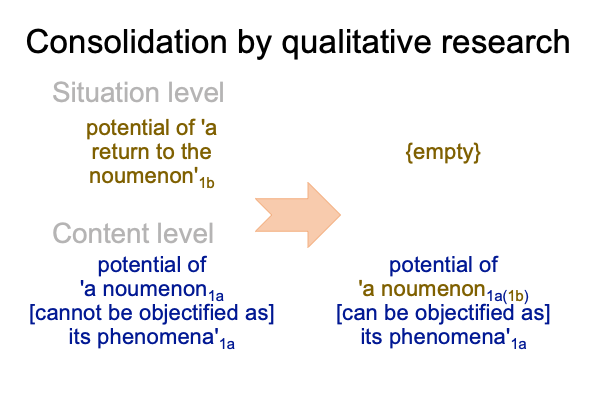
0034 Four, phenomenology is a radical self-foundation of complete intellectual clarity. In effect, once a noumenon1boverwrites a noumenon1a, a novel scientific inquiry opens, where the noumenon1a(1b) [can be objectified as] its phenomena1a. As the novel empirio-schematic judgment2a consolidates, a consensus that the mind-dependent noumenon1a(1b) can be treated as an intersubjective mind-independent being, gains credibility.
Moreover, the shared experience of intersubjectivity brackets out common sense, natural scientific knowledge and metaphysical insights. Consolidation converts social actors and their subjective realities into laboratory specimens. Phenomenology3b is not interested in explanation. Rather, it3b is interested in manifesting an intersubjective noumenon1a(1b) that can be objectified by its phenomena1a. Then, an empirio-schematic inquiry2a, situating the objectifying phenomena1a, brings the intersubjective being1a(1b) to life, through subjective experiences within the research community3a.

